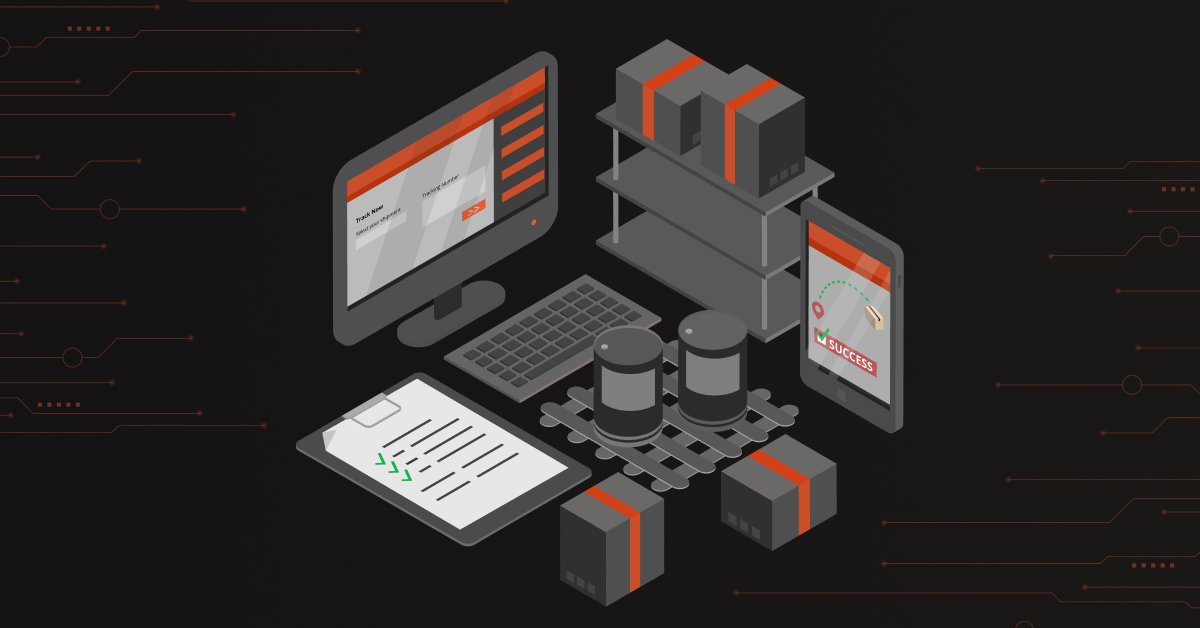You are a B2B vendor. You have a product/service that you think is a product/market fit. You had your team research on the client, analyze their needs, work on the technology/architecture framework, gave your best price (and still willing to negotiate), and submitted a well-designed and thought-out proposal.
You wait for the reply from the client. After a ‘wait period’, you realize that your proposals did not go through or just fell out of the funnel. Have you ever wondered why your proposals, which you rated as ‘highly promising’, just disappeared from the funnel?
Contents
How do businesses buy from businesses?
Overall, an analysis shows that on average, 13% of leads convert to opportunities and the average time for conversion is 84 days. Conversion rate from an opportunity to deal is even lower — only 6% of opportunities convert to deals, but it takes only 18 days, on average, to convert.
A lot of marketing and sales effort goes into a B2B sale. As the above stats show the sales cycles are long involving many different stakeholders with their own agendas. There is always some uncertainty over the outcome of the deal.
Why does this happen? Is there a framework to understand the mindset of the B2B buyer? Is there a compass to navigate the turbulent waters of B2B sales?
Recently, I stumbled upon a book – ‘The Buyersphere Project – How business buys from business in a digital marketplace’ authored by Gord Hotchkiss.
In this article, I have quoted extensively from the above book on the B2B buyer’s process, the BuyerSphere and the risk matrix that helps us understand the relationship between risk and buying decisions. This, in turn, will throw light on why your proposals are vanishing from the funnel.
[POSTCTA]What is the BuyerSphere?
The BuyerSphere is a way to identify the degree of risk present in your marketplace and to discover how that risk is represented both in organizational and personal terms.
The BuyerSphere has 3 elements – Product, Buyer, and the Marketplace.

The intersection of the three spheres in your marketplace – the sweet spot you need to target and occupy as a preferred vendor.
The Risk Matrix
In the risk matrix, we have two axes the product consideration and the marketplace position. The higher the product consideration (medium or high-risk purchase that affects operations or business), the greater the degree of risk. In the same way, if you are a new player in the marketplace then the risk is substantial.

From the buyer perspective, purchasing from a low consideration product/service from a dominant player is low risk and that is why repeat purchases like raw materials, stationaries, and other supplies are purchased regularly from preferred vendors.
On the other hand, purchasing a high consideration product/service (constructing a factory, purchasing an ERP) becomes a complex process as the risk is substantial.
How to eliminate the risks?
According to the study done by Gord and his team, B2B buying is about eliminating risks, particularly on purchases that affect their day-to-day running of business operations.
The above model provides you with an understanding of your risk level as a vendor so that you can think of ways to minimize or eliminate them.
There are 3 types of B2B purchases
- Repeat purchase (Low Risk – e.g. supplies and raw materials)
- Repeat Modified (Medium Risk – e.g. computer software, and other technology purchases)
- Blank Slate (High Risk – e.g. Major capital expenditure like buildings, equipment)
If the client is making a medium or a high-risk purchase, the BuyerSphere team suggests three ways to the vendors to eliminate risk…
- Establish relationships through face-to-face contact. (The biggest finding is that B2B is not a rational process. I quote the exact words – It’s an emotional, heuristic process that’s somewhat arbitrarily forced into a framework that’s designed to be rational.)
- Differentiate your offering in a positive way for the prospect. ( Don’t just ‘feature-speak’ – Use Jeffrey Fox’s ‘Dollarization‘ approach)
- Establish a position of thought leadership in the industry niche, creating trust in your brand.
This article has just scratched the surface… there is a lot more – read the book. But next time before you submit a proposal to your client, use the above framework to understand your buyer, their behavior, the risks, and the ways to minimize them.




